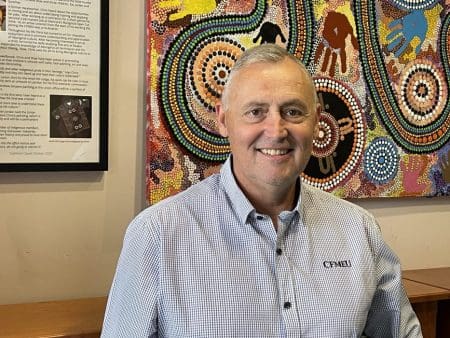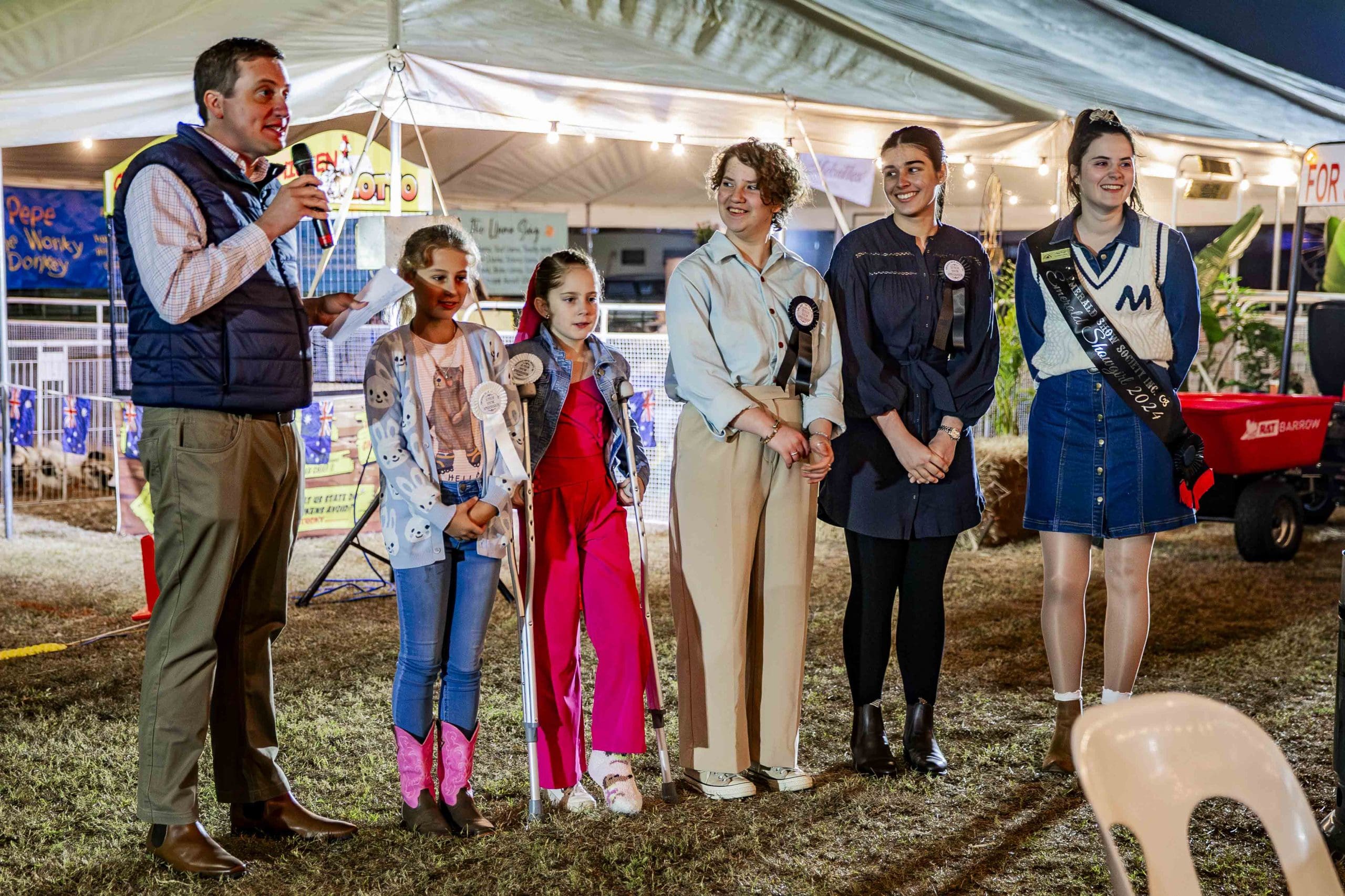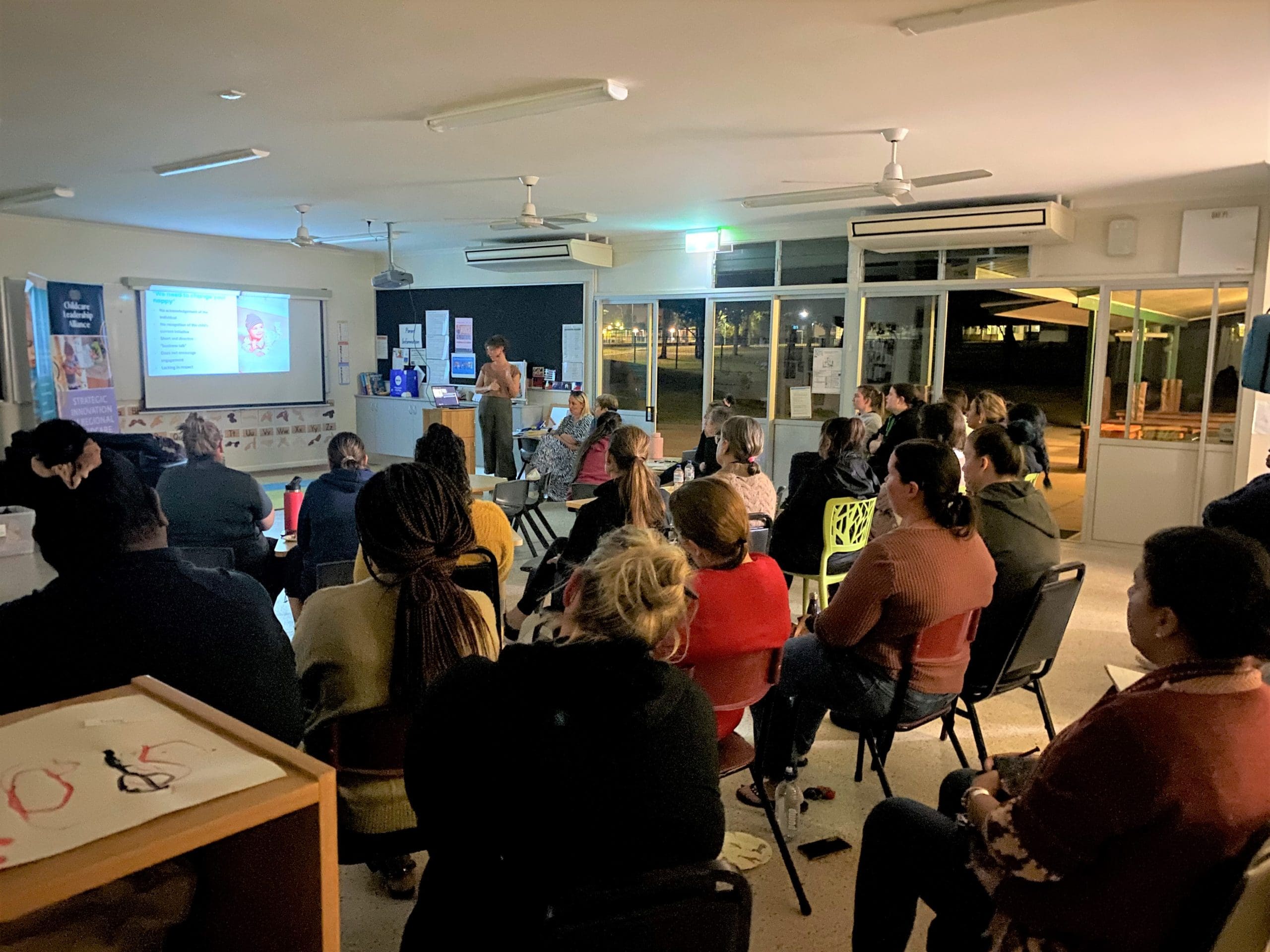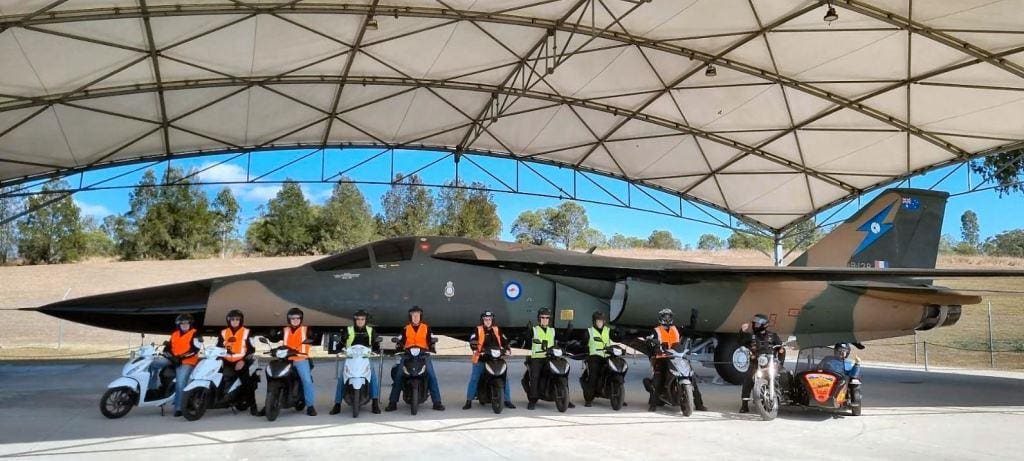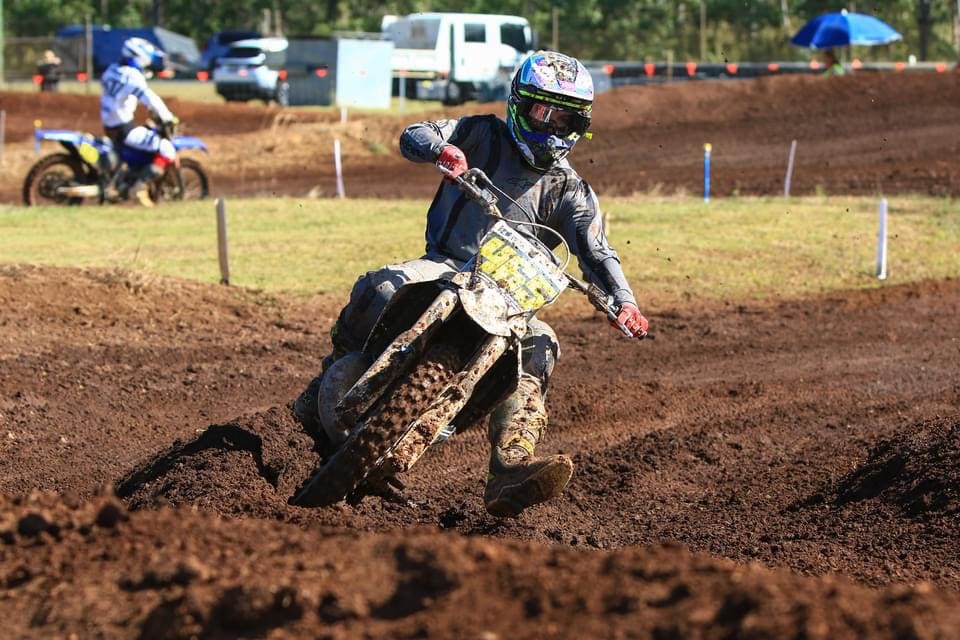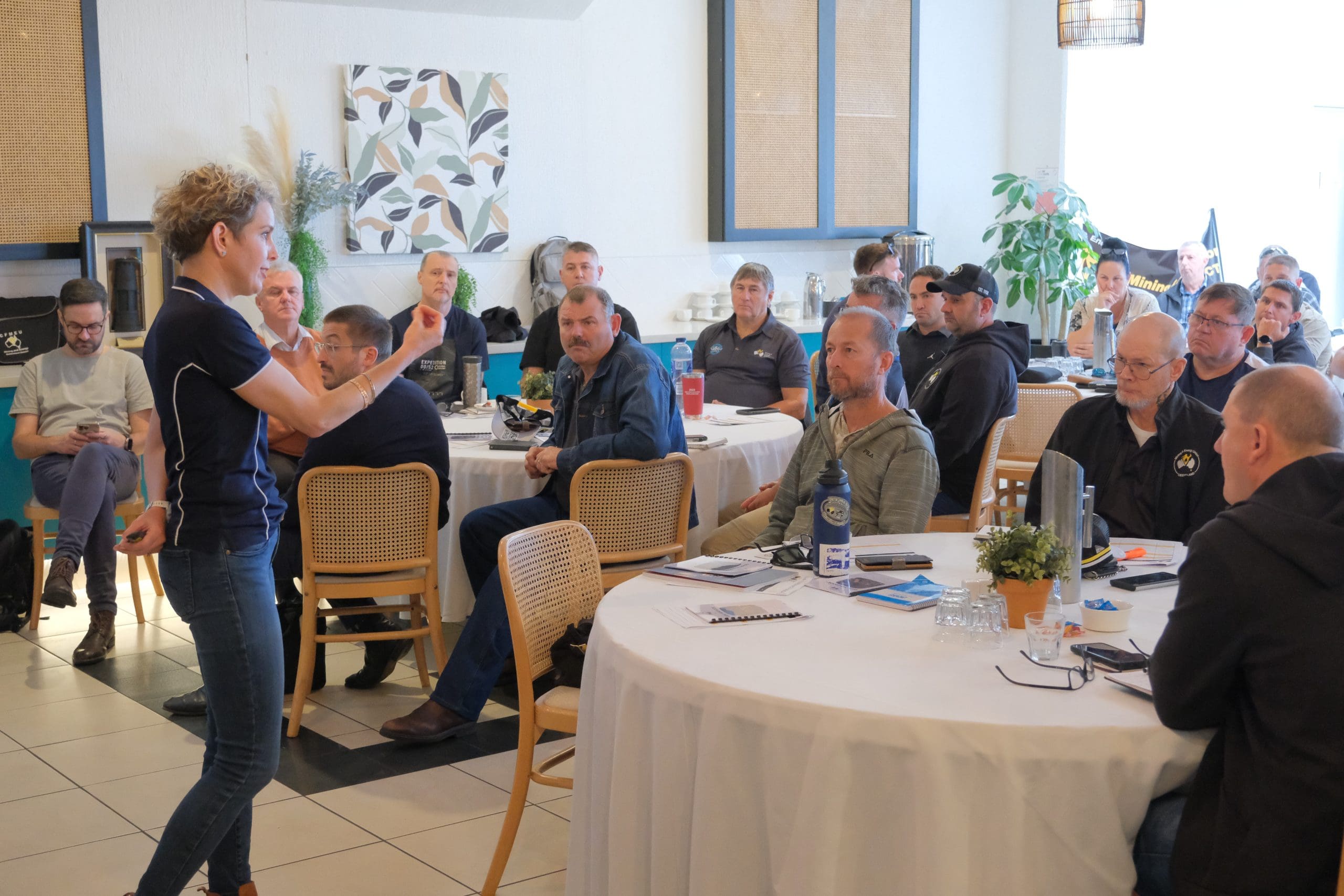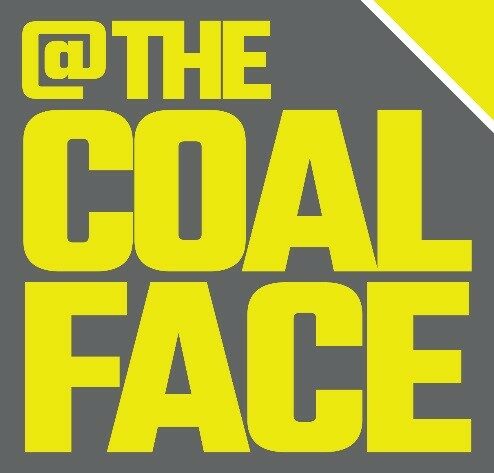On the 1st of September, I will gather with Hunter Valley community members to commemorate the centenary of the Bellbird mining disaster which took place not far from our Union’s Cessnock office.
With 21 men killed, Bellbird remains the worst mining disaster in our Northern NSW coalfields. We will gather to remember the enormous scar left on our community; and also to acknowledge the important changes that followed.
The 1st of September 1923 was a day like any other when 20 men entered Bellbird Colliery No 1 to commence their day’s work. Three Deputies concluded their inspection as part of a shift handover at 1.30pm. But shortly after, a fire occurred. At 2pm, the first explosion occurred, and a series of undergrounds explosions and fires ripped through the mine. Twenty lives were gone in a flash, with the men succumbing to carbon monoxide poisoning. At 4pm, the decision was made to recover the bodies and seal the mine. Rescuers were able to recover fifteen bodies, but tragedy struck again, with one of the rescuers overcome with smoke. His body had to be left behind, along with five others who were entombed in the pit.
The mine was then sealed, with 21 lives lost.



The terrible loss of life devastated the close-knit mining community of Bellbird. The funerals of the 15 men who were recovered were held on a single day and 25,000 people lined the streets of the small mining community to pay their respects and mourn the dead. In 1924, the bodies of six entombed miners who were left behind were recovered.
After the Bellbird mining disaster the Miners Federation – as our union was then known – began a campaign to strengthen safety regulations, resulting in legislative changes to improve safety for mine workers.
A coronial inquest and Royal Commission were conducted. A bill was tabled in the NSW Parliament in 1924 to establish mines rescue stations, and the Miners Federation strongly supported the establishment of these centralised stations.
We are proud to remain actively involved with mine rescue a century later, with stations and training programs operated through Coal Services – the statutory body established by law in NSW to oversee mine safety.
Many of our members participate in Mines Rescue Brigades. They are highly trained using state of the art technology and equipment and can be called on to respond in extremely dangerous and challenging circumstances.
Some of the other changes won through mining disasters over the decades include better gas testing, better ventilation standards, the elimination of naked flame lights and the introduction of self-rescuers.
Although a tragedy on the scale of Bellbird has not occurred in our District in the past century, mining remains a dangerous industry and serious injury and loss of life still occur too frequently.
The 21 names of those killed at Bellbird are memorialised on the Jim Comerford Memorial Wall at our union office at Aberdare, among 1793 names that tell the story of the human toll of mining in our Northern District coalfields.
We encourage mineworkers and community members to take a moment on the 1st of September to remember Bellbird; and also to attend our union’s annual memorial service the following week at the Jim Comerford Memorial Wall. Any time of year, the Memorial Wall is open to family and community members as a place of contemplation, comfort and commitment to ensuring safety in our industry is continuously improved.
Robin Williams
District President MEU Northern Mining and NSW Energy
| MEU Annual Memorial Service 10 September 2023, 10.30am 67a Aberdare Road Cessnock All welcome. |

